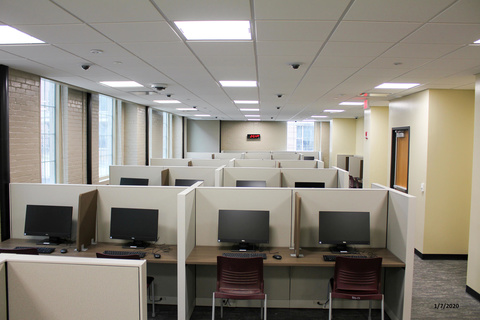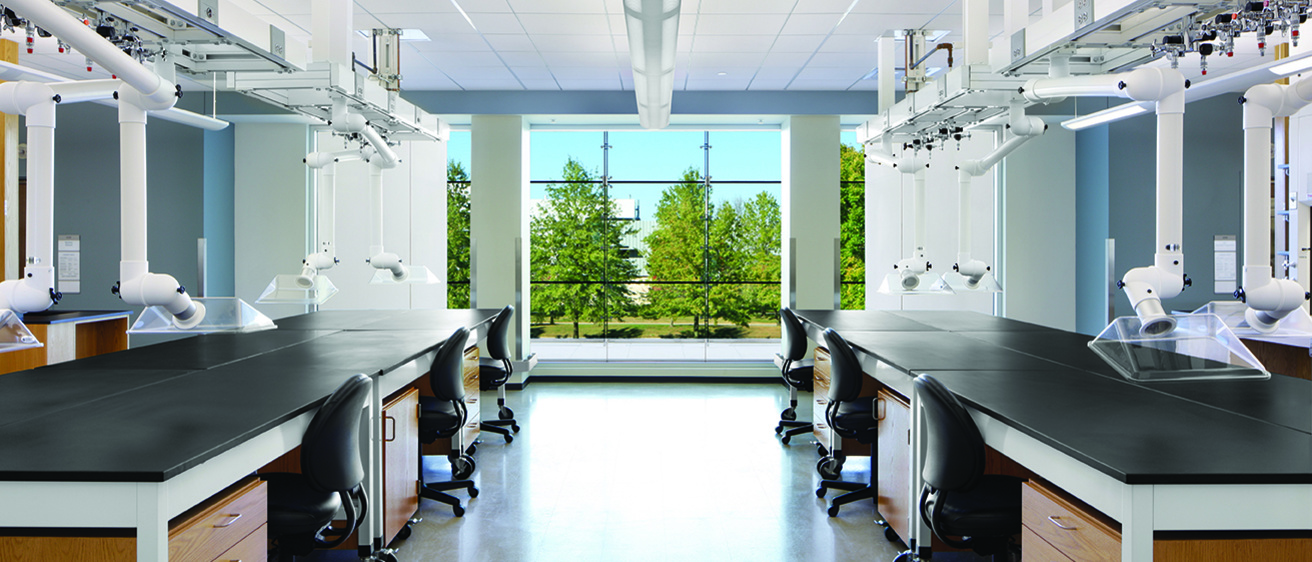Classroom Scheduling manages 11 different types of learning spaces across campus under the purview of University Classrooms.
The following information articulates descriptions, sizes, utilization guidelines, and layouts for the various types of instructional spaces at the University of Iowa to ensure the proper amount of space per seat/student. These classroom design standards are the measure with which future classroom planning and design should be created.
Additional information on space use codes and definitions can be found in the Facilities Information and Classification Manual.
Types of University Classrooms
Activity – Movement
A space used primarily for instruction that requires special purpose equipment or a specific space configuration for student participation, experimentation, observation, or practice in an academic discipline.
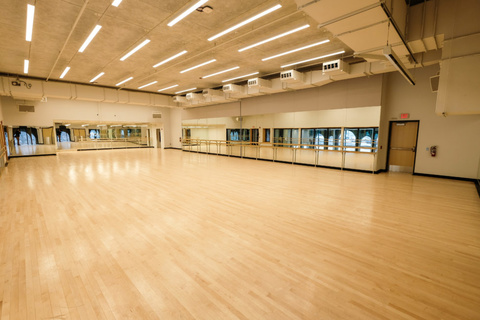
Analytical/Computer
Classrooms that are equipped with either desktop or laptop computers for all students. These classrooms may be set with the computers in rows or with the computers along the perimeter with rows of desks in the center. These rooms are not tied to a specific subject or discipline by equipment in the room or the configuration of the space.

Clinical
A space used for providing diagnosis, consultation, treatment, or other services to patients which the primary purpose of instruction, research, or public service.

Custom
A space not defined in the current room type list. Please select this option and follow-up contact will occur to understand the facility description desired.
Equipment Based
A learning space created to support specialized equipment to foster teaching and learning opportunities that may or may not be shareable.
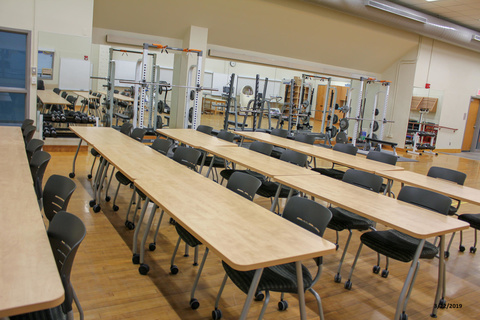
Field Based
A unique facility or structure that supports field experimentation or instruction which is frequently located off-campus.


General Dry Bench Lab
A laboratory that is utilized for work with dry materials, electronics, or equipment for applied or computational analysis.
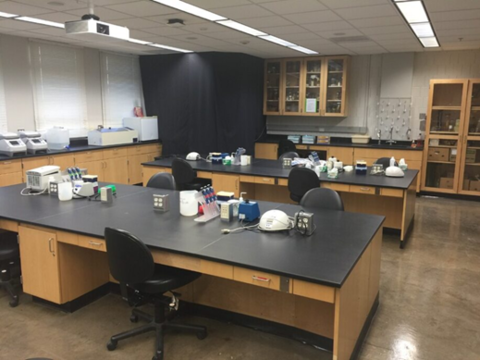
General Wet Bench Lab
A laboratory that is utilized where liquid substances such as chemicals or bio-matter designed for environmental controlled conditions.
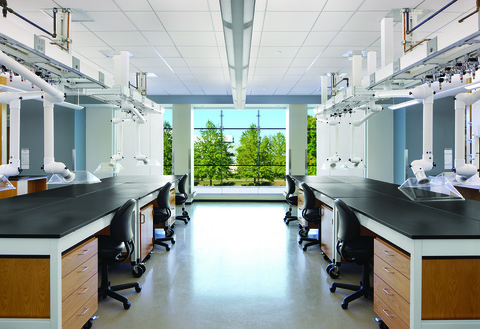
Gross Anatomy
A laboratory offering hands-on learning experiences on cadavers, organs or structures.
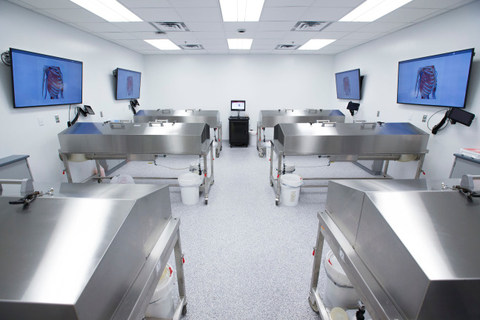
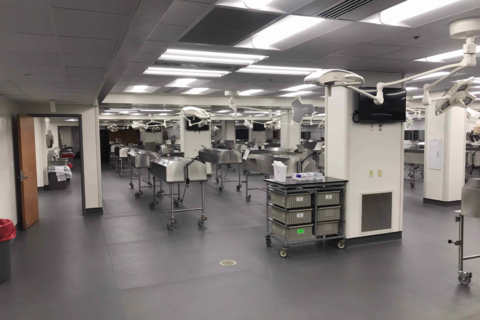
Large Volume/High Bay
A large warehouse type or style with concrete floors and high ceiling used to conduct experiments.
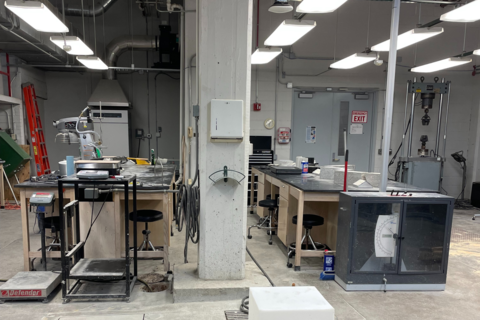
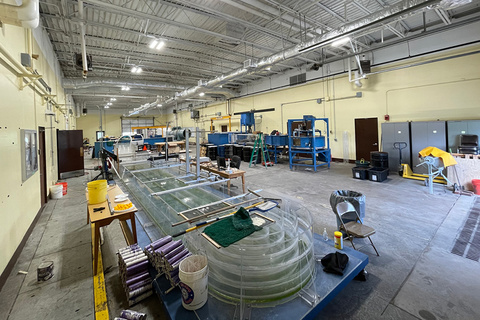
Observation
A space used to observe to provide critical feedback occurring in an adjoining room as part of learning curriculum. Typically, this room will have a window that can be blacked out when necessary.
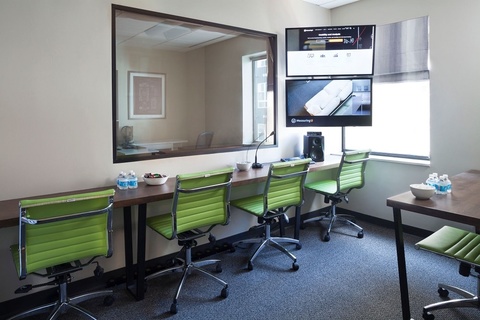

Physical Simulation
A space designed for immersive, hands-on learning experiences through use of manikins, equipment, instruments, or technology.
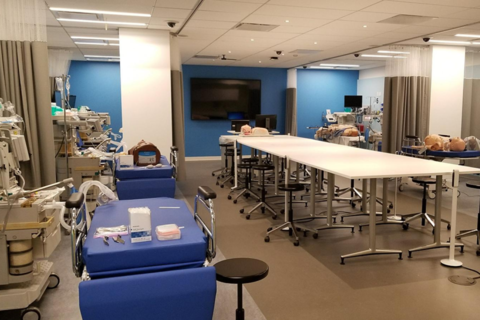
Rehearsal
A facility used to prepare for music, theatre, or dance activities.
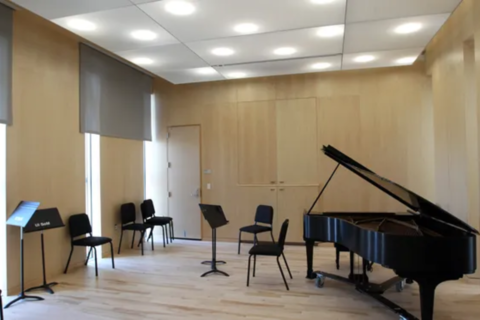

Screening
A learning space that features enhanced viewing experiences with large screens and enhanced audio that may include specialized projection equipment.


Speech/Hearing
A learning laboratory furnished with equipment that serves individual or group instruction needs for speech-language pathology or audiology.
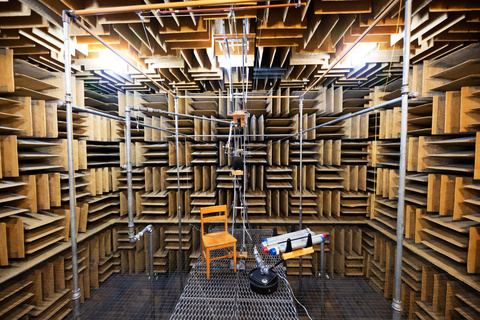
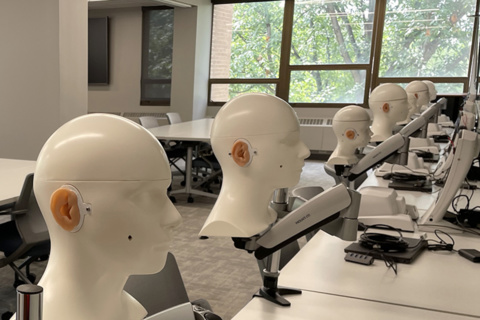
Studio
A laboratory used primarily for individual or group instruction that is informally or formally scheduled such as music practice, art, or dance.
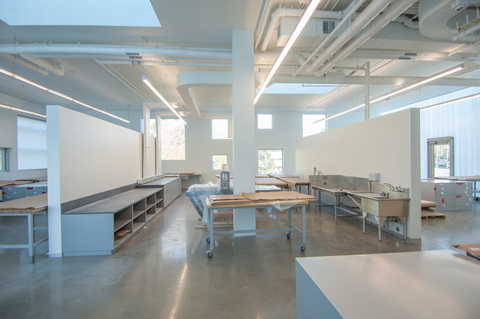
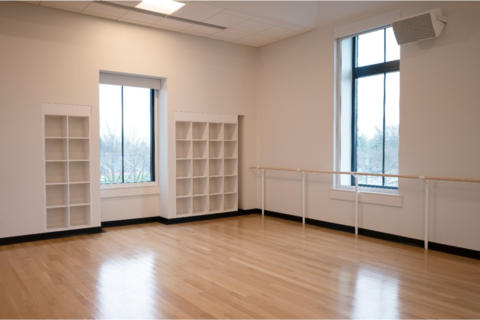
Video Enhanced (DOE studio)
A studio equipped to produce live or recorded media to develop or deliver course content or for student course-related activities.
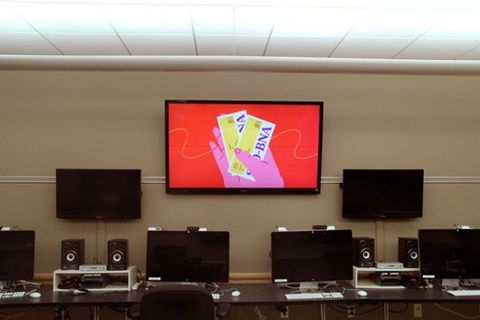
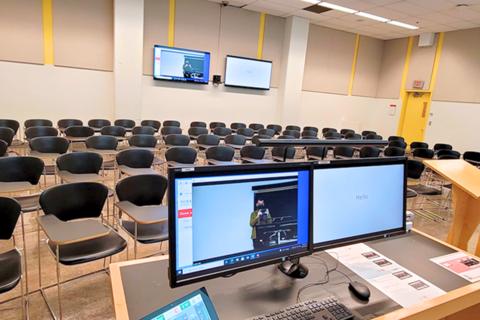
Academic Testing Center
A room dedicated in providing support in the administration of paper and/or online examinations that is managed with proctor services. Adding specialized computer-based facility that could be used as an instructional facility on the non-testing hours.
